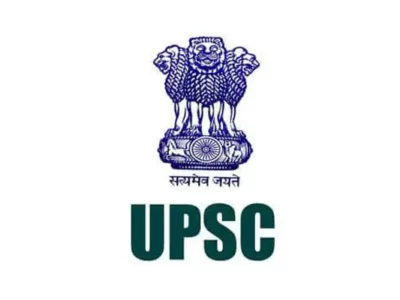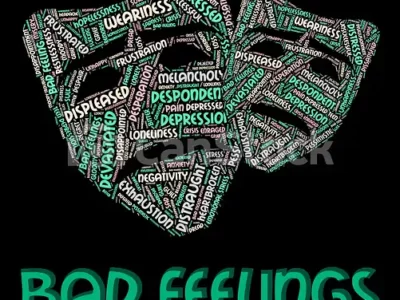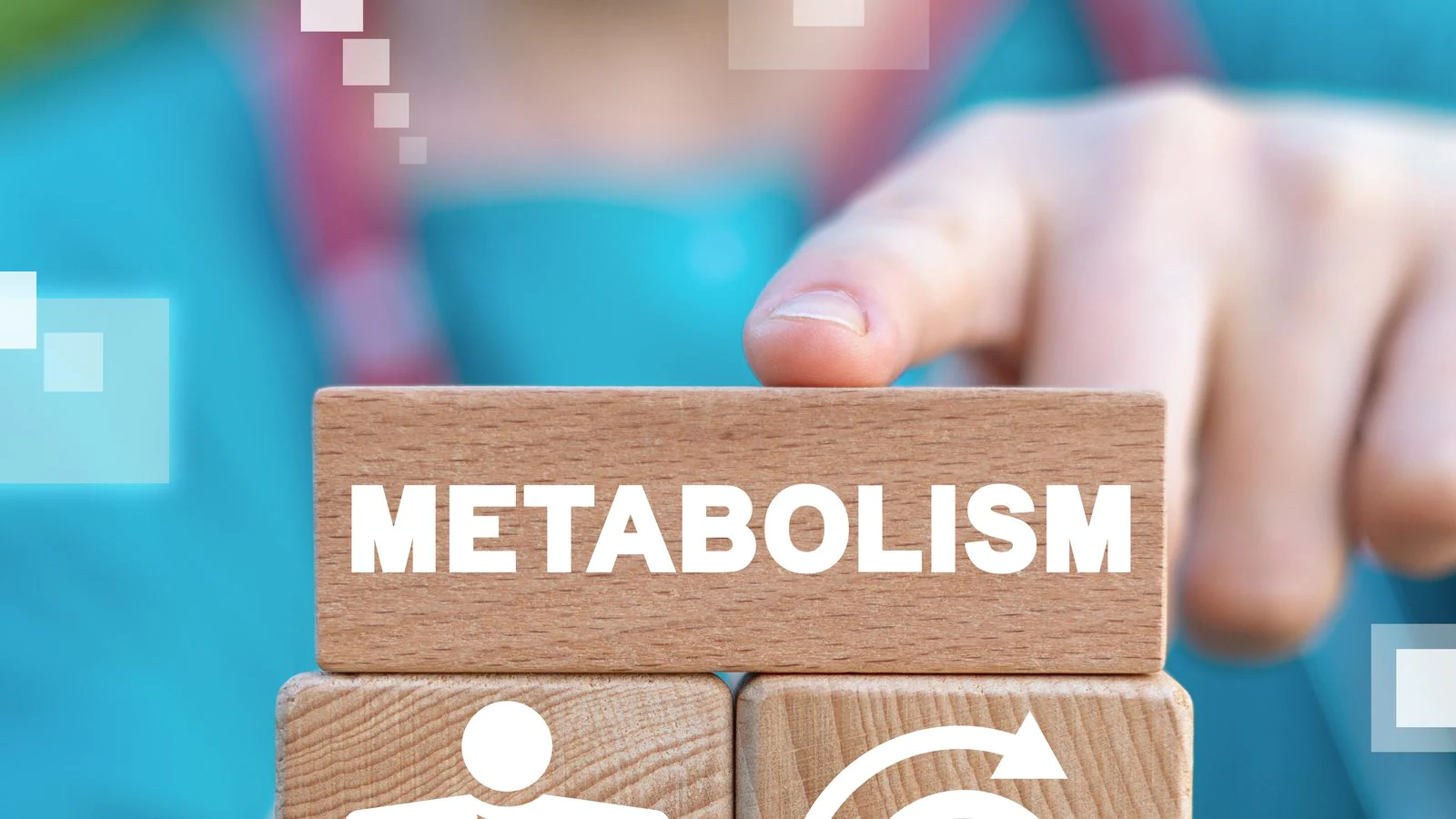ENZYME AND METABOLISM
An enzyme is a biological catalyst and is almost always a protein. It speeds up the rate of a specific chemical reaction in the cell. The enzyme is not destroyed during the reaction and is used over and over.
ENZYME
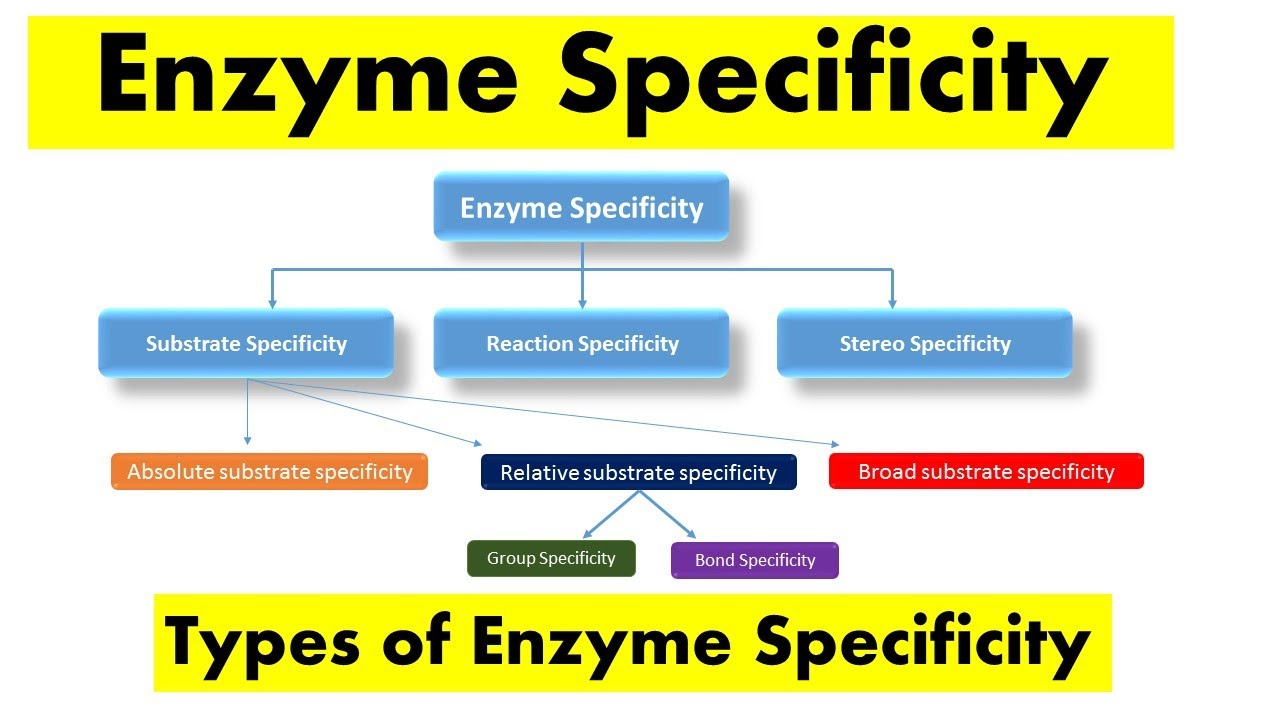
- ENZYMOLOGY
- WHAT IS ENZYME
- RESEARCH ON ENZYME
- STRUCTURE OF ENZYME
- TYPE-CLASSIFICATION OF ENZYMES
- COFACTORS AND EXAMPLES OF ENZYMES
- MECHANISM-ACTION-WORK OF ENZYME
- ROLE AND EXAMPLE OF ENZYMES
- FACTOR RESPONSIBLE FOR DEGENERATION
- ENGYM AND MINERALS RLATION
METABOLISM
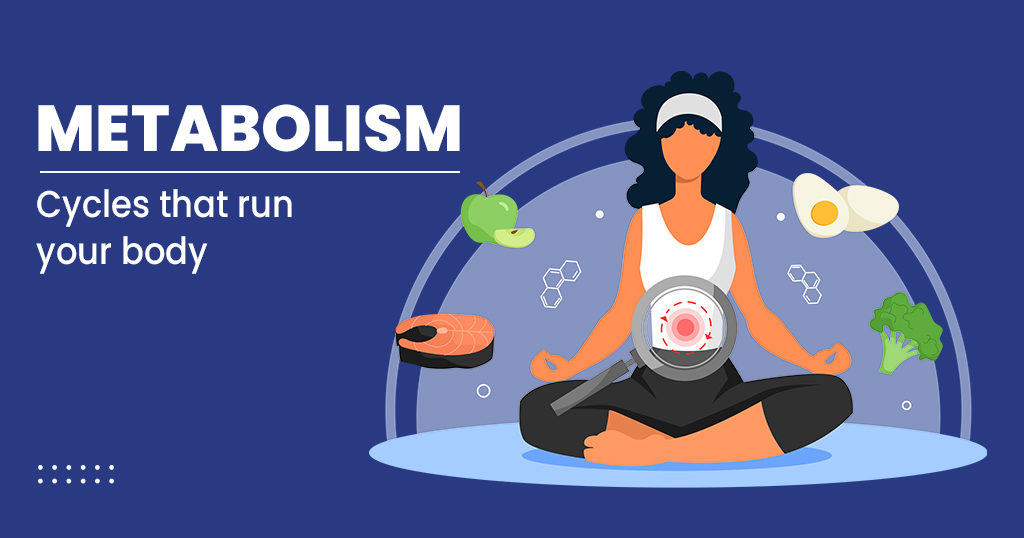
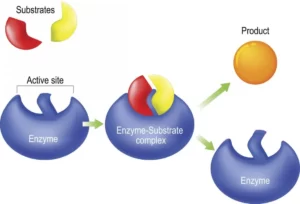
- METABOLISM
- METABOLISM AND ENZYME RELATION
- HORMONE
- HORMONE AND ENZYME RELATION
- ENZYME – ENERGY
- ENZYME – ORGANISM
Before going to know about metabolism we have to know the concepts regarding metabolism. Metabolism is related to the energy concept. Energy comes from anywhere in the world through some process. Metabolism is a process that gives energy to food.
Metabolism is a phenomenon in the body’s cells that can able to change food into energy. The metabolism process is done in both humans and animals as well.
Metabolism is divided into two types. They are.
- Catabolism: Catabolism is mainly involved in breaking down larger molecules into smaller molecules. In this process it releases energy.
- Anabolism: Anabolism is mainly involved in building molecules from smaller molecules. In this process it requires energy.
Nutrition in energy
There are three macronutrients for giving energy to our body. Carbohydrates, Fats, and proteins are macronutrients that are very essential for giving energy to the body. Fat, protein, and carbohydrates should take in large quantities for metabolism.
- Protein: Protein contains chains of amino acids. In this protein, there are 20 types of amino acids which is used to build the body, repair it whenever needed, and maintain the body. A body needs 4 calories/ gram to repair its body.
- Fat: Fat also contains some amino acids and essential fatty acids. This fat is used to build the tissues and cells and also absorbs some vitamins and nutrients.
- Carbohydrates: Carbohydrates are contains simple sugars. Sugars are broken down as glucose in the blood. Simple carbohydrates can able down broke quickly than complex carbohydrates and fibers.
Metabolism in Carbohydrates
Carbohydrates contain lots of sugars. These sugar molecules go through a certain process and are converted into glucose. Glucose is metabolized by the following three stages. They are
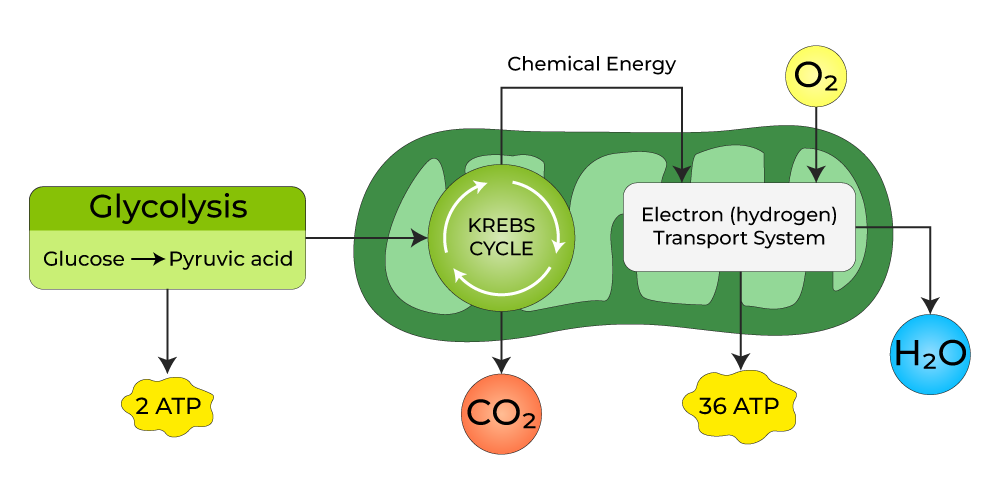
- Glycolysis-Glycolysis is a process of converting sugar into glucose and it is stored in the liver if there is any excess amount.
- Kerbs cycle The Krebs Cycle starts when the pyruvate forms in the cytoplasm of the cell during glycolysis. It is transferred to the mitochondria.
- Oxidative phosphorylation-It is a very important step for the release of energy in the form of ATP. It is a process of ATP synthesized and coupled to the movement of electrons through the mitochondria electron support chain and consumes some oxygen.
Metabolism in Protein
Protein has various biochemical processes and is also responsible for synthesizing proteins and amino acids by anabolism. Proteins are synthesized by catabolism. This is how Anabolism and catabolism process helps in breaking down those proteins and amino acids and gives a quiet amount of energy to repair and maintain the boy. A body needs 4 calories/gram of protein.
Metabolism in Fat
Burning or breakdown of fat is done through a catalytic process by using three enzymes namely LIPE hormone ( hormone-sensitive triacylglycerol lipase) to remove or breakdown the first fatty acid from the fat, diglyceride lipase to remove or breakdown the second one of the fat, and monoglyceride lipase to remove the third fat layer.
Metabolism in lipids
Lipid metabolism is the breakdown of lipids in cells involved in the storage of fats for energy. Synthesis of structural and functional lipids is involved in the construction of cell membranes. In animals, the liver helps in synthesizing those fats. Lipids are insoluble in water. Lipids in plasma can able to transport through the blood cycle by protein binding.
Metabolism in nucleic acid
Nucleic acids are like macromolecules that are seen in living organisms. They can able to combine with protein so they are called nucleoproteins. Nucleic acids are sometimes linked by phosphodiester bonds which is why they are called polynucleotides. There are two types of polynucleotides. They are
- DNA
- RNA
Metabolic disorders:
There are a few disorders of metabolism. They are
- Krabbe disease
- Gaucher disease
- Porphyria
The above disorders come from genes.
How to increase metabolism
- To increase metabolism in our body we have changed our lifestyle in our intake of food.
- Eat plenty of protein in the body.
- By drinking more water we can able to increase metabolism.
- Lifting heavy things and workout may help to do the process of metabolism
- Drinking green tea can able to burn fats and increase metabolism.
- Get a good sleep and drink more water.



